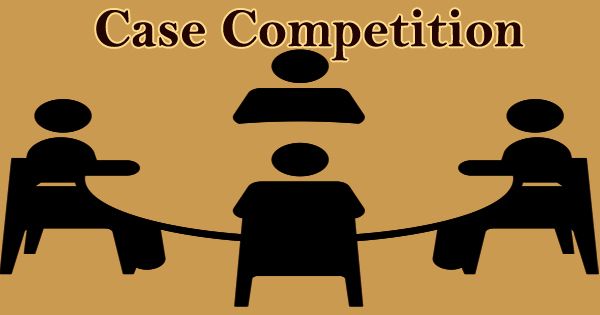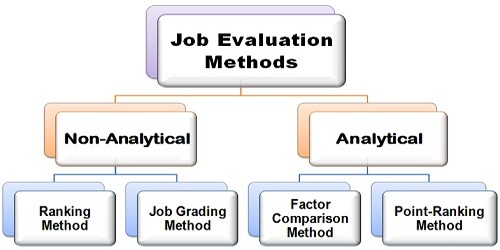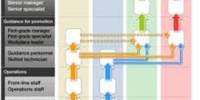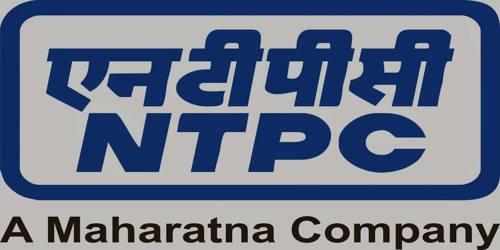Interview Process for Employee Selection
Interview is formal, in-depth conversation conducted to evaluate the applicant’s acceptability. It is considered to be excellent selection device. It is face-to-face exchange of view, ideas and opinion between the candidates and interviewers. Basically, interview is nothing but an oral examination of candidates. Interview can be adapted to unskilled, skilled, managerial and profession employees.
Objectives of interview:
Interview has at least three objectives and they are as follows: –
- Helps obtain additional information from the applicants
- Facilitates giving general information to the applicants such as company policies, job, products manufactured and the like
- Helps build the company’s image among the applicants.
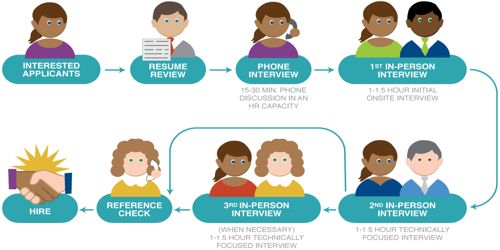
Types of interview:
Interviews can be of different types. There interviews employed by the companies.
Following are the various types of interview: –
- Informal Interview:
An informal interview is an oral interview and may take place anywhere. The employee or the manager or the personnel manager may ask a few almost inconsequential questions like name, place of birth, names of relatives etc. either in their respective offices or anywhere outside the plant of company. It did not plan and nobody prepares for it. This is used widely when the labor market is tight and when you need workers badly.
- Formal Interview:
Formal interviews may be held in the employment office by the employment office in a more formal atmosphere, with the help of well structured questions, the time and place of the interview will be stipulated by the employment office.
- Non-directive Interview:
Non-directive interview or unstructured interview is designed to let the interviewee speak his mind freely. The interviewer has no formal or directive questions, but his all attention is to the candidate. He encourages the candidate to talk by a little prodding whenever he is silent e.g. “Mr. Ray, please tell us about yourself after you’re graduated from high school”.
The idea is o give the candidate complete freedom to “sell” him, without the encumbrances of the interviewer’s question. But the interviewer must be of higher caliber and must guide and relate the information given by the applicant to the objective of the interview.
- Depth Interview:
It is designed to intensely examine the candidate’s background and thinking and to go into considerable detail on particular subjects of an important nature and of special interest to the candidates. For example, if the candidate says that he is interested in tennis, a series of questions may be asked to test the depth of understanding and interest of the candidate. These probing questions must be asked with tact and through exhaustive analysis; it is possible to get a good picture of the candidate.
- Stress Interview:
It is designed to test the candidate and his conduct and behavior by him under conditions of stress and strain. The interviewer may start with “Mr. Joseph, we do not think your qualifications and experience are adequate for this position,’ and watch the reaction of the candidates. A good candidates will not yield, on the contrary he may substantiate why he is qualified to handle the job.
This type of interview is borrowed from the Military organization and this is very useful to test behavior of individuals when they are faced with disagreeable and trying situations.
- Group Interview:
It is designed to save busy executive’s time and to see how the candidates may be brought together in the employment office and they may be interviewed.
- Panel Interview:
A panel or interviewing board or selection committee may interview the candidate, usually in the case of supervisory and managerial positions. This type of interview pools the collective judgment and wisdom of the panel in the assessment of the candidate and also in questioning the faculties of the candidate.
- Sequential Interview:
The sequential interview takes the one-to-one a step further and involves a series of interview, usually utilizing the strength and knowledgebase of each interviewer, so that each interviewer can ask questions in relation to his or her subject area of each candidate, as the candidate moves from room to room.
- Structures Interview:
In a structured interview, the interviewer uses preset standardized questions, which are put to all the interviewees. This interview is also called as ‘Guided’ or ‘Patterned’ interview. It is useful for valid results, especially when dealing with the large number of applicants.
- Unstructured Interview:
It is also known as ‘Un-patterned’ interview, the interview is largely unplanned and the interviewee does most of the talking. Unguided interview is advantageous in as much as it leads to a friendly conversation between the interviewer and the interviewee and in the process, the later reveals more of his or her desire and problems. But the Un-patterned interview lacks uniformity and worse, this approach may overlook key areas of the applicant’s skills or background. It is useful when the interviewer tries to probe personal details of the candidate it analyze why they are not right for the job.
- Mixed Interview:
In practice, the interviewer while interviewing the job seekers uses a blend of structured and structured and unstructured questions. This approach is called the Mixed Interview. The structured questions provide a base of interview more conventional and permit greater insights into the unique differences between applicants.
- Impromptu Interviews:
This interview commonly occurs when employers are approached directly and tends to be very informal and unstructured. Applicants should be prepared at all times for on-the-spot interviews, especially in situations such as a job fair or a cold call. It is an ideal time for employers to ask the candidate some basic questions to determine whether he/she may be interested in formally interviewing the candidate.
- Dinner Interviews:
These interviews may be structured, informal, or socially situated, such as in a restaurant. Decide what to eat quickly, some interviewers will ask you to order first (do not appear indecisive). Avoid potentially messy foods, such as spaghetti. Be prepared for the conversation to abruptly change from friendly chat to direct interview questions, however, do not underestimate the value of casual discussion, some employers place a great value on it. Be prepared to switch gears rapidly, from fun talk to business talk.
Telephone Interviews:
Have a copy of your resume and any points you want to remember to say nearby. If you are on your home telephone, make sure that all roommates or family members are aware of the interview (no loud stereos, barking dogs etc.). Speak a bit slower than usual. It is crucial that you convey your enthusiasm verbally, since the interviewer cannot see your face. If there are pauses, do not worry; the interviewer is likely just taking some notes.
Second Interviews:
Job seekers are invited back after they have passed the first initial interview. Middle or senior management generally conducts the second interview, together or separately. Applicants can expect more in-depth questions, and the employer will be expecting a greater level of preparation on the part of the candidates. Applicants should continue to research the employer following the first interview, and be prepared to use any information gained through the previous interview to their advantage.
Information Source:

